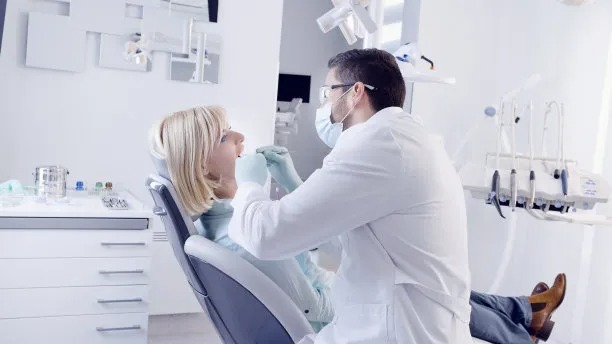The Essential Guide to Extracting a Tooth Safely and Effectively for Optimal Oral Health
Summary: Extracting a tooth, whether due to decay, overcrowding, or other dental issues, can be daunting for many. This essential guide outlines the safe and effective methods to remove a tooth while prioritizing optimal oral health. By exploring the reasons for extraction, preparation processes, post-extraction care, and when to seek professional help, readers will gain a comprehensive understanding of tooth extraction procedures. This guide not only aims to alleviate fears associated with tooth removal but also emphasizes the importance of maintaining oral hygiene and health following the extraction process.
1. Understanding Reasons for Tooth Extraction

Tooth extraction may be necessary for several reasons. The most common reason is dental decay, where a cavity worsens beyond repair, necessitating removal to prevent further infection. Additionally, overcrowding in the mouth can lead to misalignment, prompting dentists to extract specific teeth to create space for proper alignment.
Another significant factor is periodontal disease, an advanced stage of gum disease that can weaken the structure surrounding teeth, resulting in loose or painful teeth. In such cases, extraction helps to protect adjacent teeth and maintain overall oral health.
In some instances, impacted teeth, particularly wisdom teeth, may require removal. These teeth can cause pain and infection if they don’t emerge correctly, leading to complications that necessitate extraction.
2. Preparing for a Tooth Extraction
Adequate preparation is crucial for a successful tooth extraction. Before the procedure, a thorough dental examination will be conducted, including X-rays, to assess the tooth’s condition and the surrounding area. Understanding the individual’s medical history is also essential to identify any factors that might complicate the extraction.
Patients are typically advised on medication and dietary restrictions prior to the surgery. For instance, avoiding blood thinners, such as aspirin, can minimize the risk of excessive bleeding during the extraction.
Additionally, discussing sedation options with the dentist is important. Local anesthesia is commonly used to numb the area, while sedation may be suggested for those with dental anxiety or complex extractions, ensuring a more comfortable experience.
3. The Extraction Procedure Explained
The tooth extraction process can vary depending on the tooth’s condition and position. Generally, the procedure begins with the administration of local anesthesia to numb the area. Once the area is numb, the dentist will assess the tooths condition and determine the necessary tools for extraction.
For simple extractions, the dentist will gently loosen the tooth using an elevator tool before removing it with forceps. In more complex cases, such as impacted teeth, surgical extraction may be required, which involves making an incision in the gums to access the tooth.
The extraction site will be cleaned and may require stitches if an incision was made. The dentist will provide instructions for post-operative care to ensure proper healing and prevent complications.
4. Post-Extraction Care Recommendations
Post-extraction care is vital for optimal recovery and to prevent complications. Patients should follow their dentist’s instructions closely, which may typically involve resting for the first 24 hours and applying an ice pack to minimize swelling.
Maintaining oral hygiene is important, but patients should avoid rinsing their mouths vigorously for the first 24 hours to prevent dislodging blood clots. Soft foods and plenty of fluids are recommended during the initial recovery phase.
In the following days, monitoring for unexpected symptoms like increased pain, swelling, or bleeding is crucial. If any concerning symptoms arise, patients are encouraged to contact their dentist for further evaluation. Timely follow-up appointments may be necessary to ensure proper healing.
Summary:
In conclusion, understanding the essential guide to extracting a tooth safely and effectively involves a comprehensive approach, from recognizing the need for extraction to ensuring proper post-operative care. By following the outlined procedures and taking appropriate precautions, individuals can navigate the extraction process with confidence and ease. Remember, maintaining optimal oral health remains a priority even after a tooth extraction.
This article is compiled by Vickong Dental and the content is for reference only.



